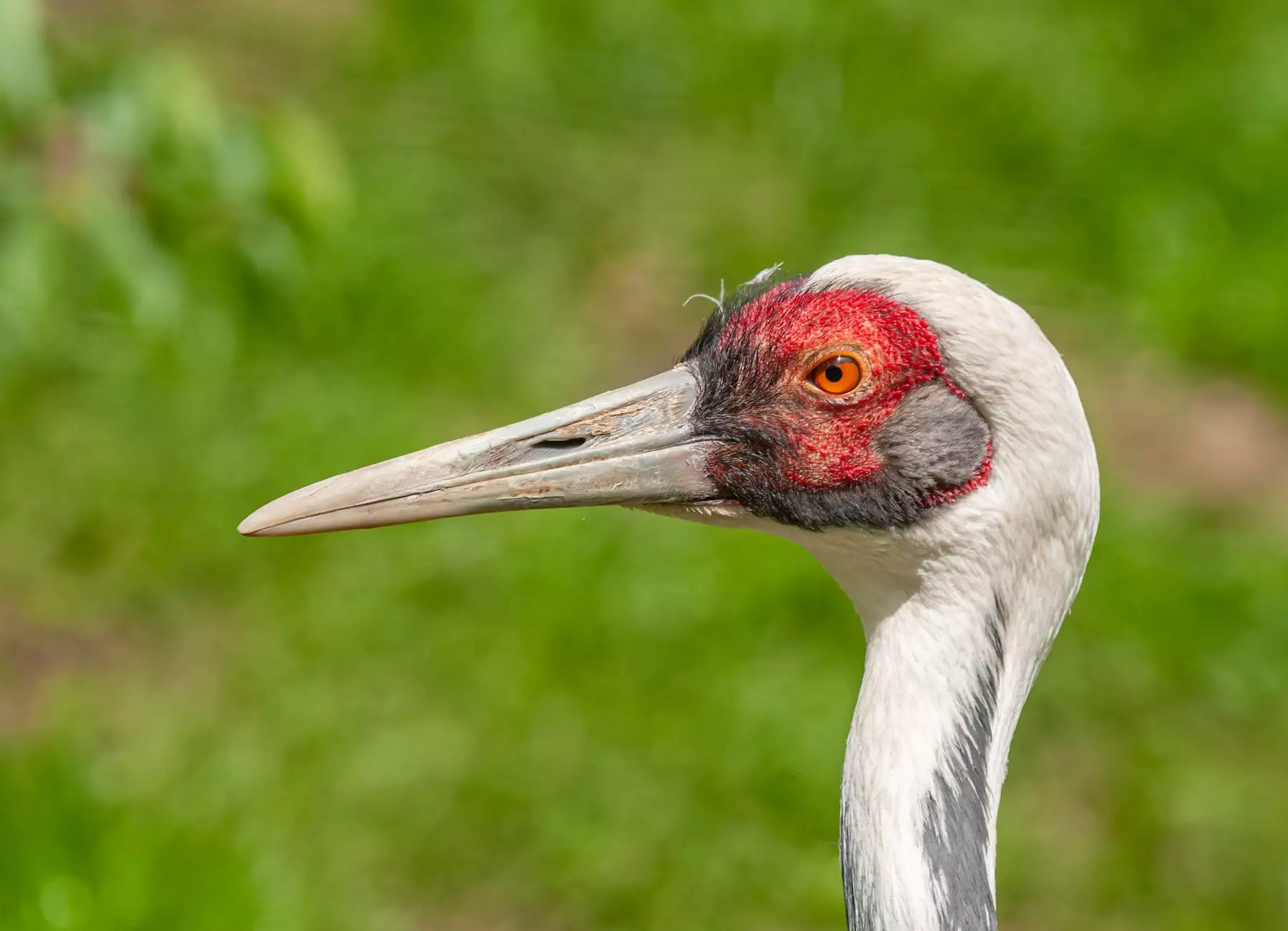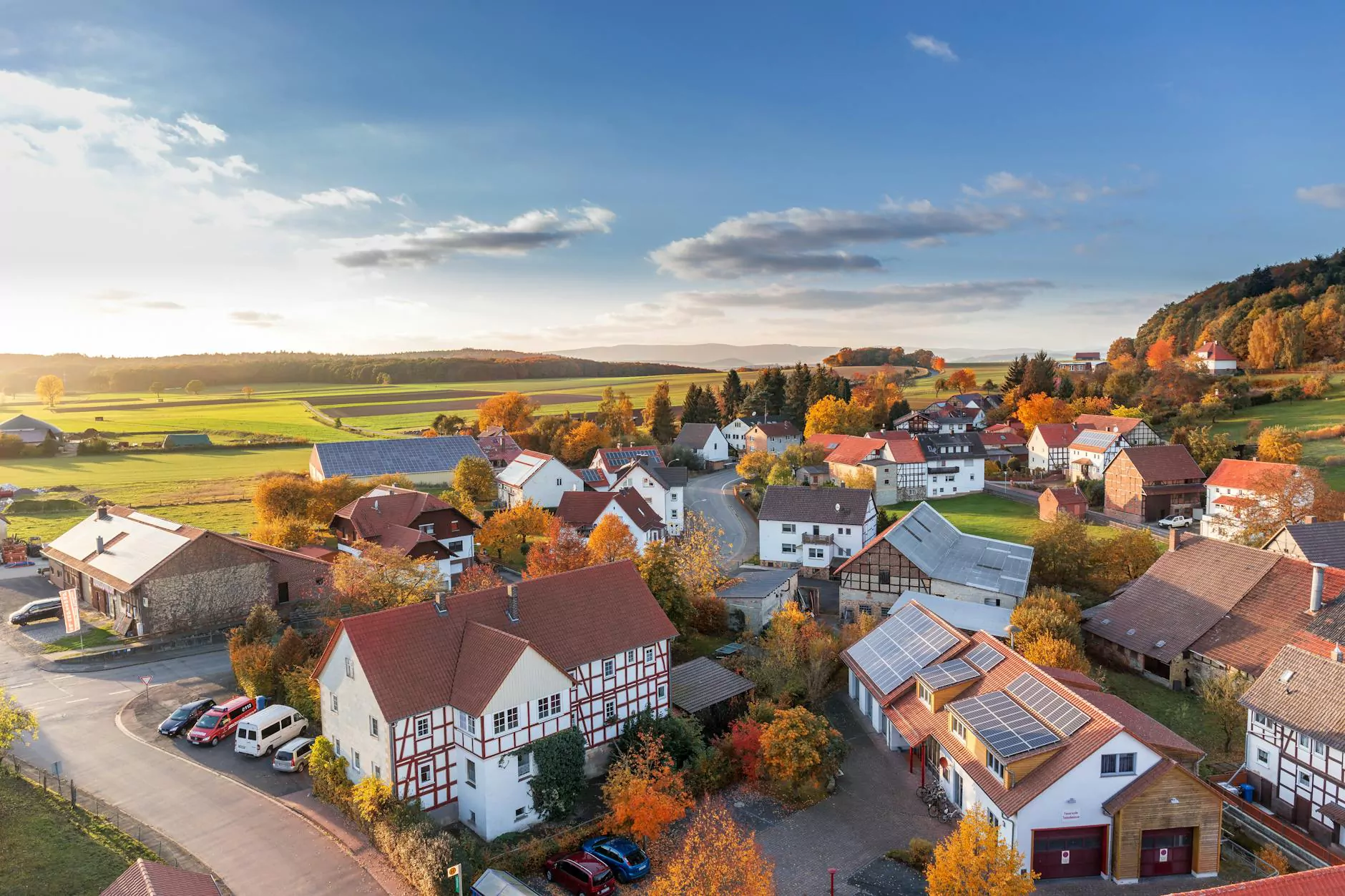Florida Wildlife With Ali: Sandhill Cranes
Travel
Introduction
Welcome to Ageless Wisdom Magazine's Lifestyle section, where we delve into the wonders of nature. In this article, we will explore the captivating world of Sandhill Cranes in Florida and take a closer look at their behavior, habitat, and the efforts in place to protect these magnificent birds.
Meet the Sandhill Cranes
The Sandhill Cranes (Antigone canadensis) are large, graceful birds that can be found throughout North America, including Florida. These cranes are known for their distinctive red caps and long, slender bodies, which can grow up to 4 feet in height. With their vibrant plumage and unique vocalizations, Sandhill Cranes are a sight to behold.
Behavior and Habitat
Sandhill Cranes are highly social birds and are often seen in pairs or small family groups. They are known for their elaborate courtship dances, where they perform an elegant ballet-like display, leaping and bowing to one another.
While they are typically found in wetland habitats such as marshes and prairies, Sandhill Cranes have also adapted to urban environments, making them a common sight in Florida's suburban areas. Despite these adaptations, these birds require open spaces and sufficient food resources to thrive.
Feeding Habits
These cranes are primarily omnivorous, feeding on a variety of plant matter, insects, small mammals, and amphibians. Their diet includes seeds, berries, tubers, and invertebrates, making them an important part of the ecosystem as they help control pest populations and disperse seeds.
Conservation Efforts
Given their importance to the ecosystem, there are ongoing efforts to conserve Sandhill Cranes and protect their habitats. Organizations such as the Florida Fish and Wildlife Conservation Commission work tirelessly to monitor populations, implement conservation measures, and raise awareness about the importance of preserving wetland habitats.
By understanding their behavior, habitat requirements, and threats they face, we can all contribute to their conservation. Encouraging responsible land development practices, supporting wetland restoration initiatives, and promoting education about these incredible birds are crucial steps toward their long-term survival.
Conclusion
As we have explored the world of Sandhill Cranes in Florida, we have come to appreciate their remarkable beauty and importance to the ecosystem. Ageless Wisdom Magazine encourages you to take the time to observe these magnificent birds in their natural habitat and learn more about the efforts in place to ensure their continued existence.
Join us on this journey of discovery and marvel at the wonders of the natural world. Together, let's protect and preserve the rich biodiversity that makes our planet truly extraordinary.




